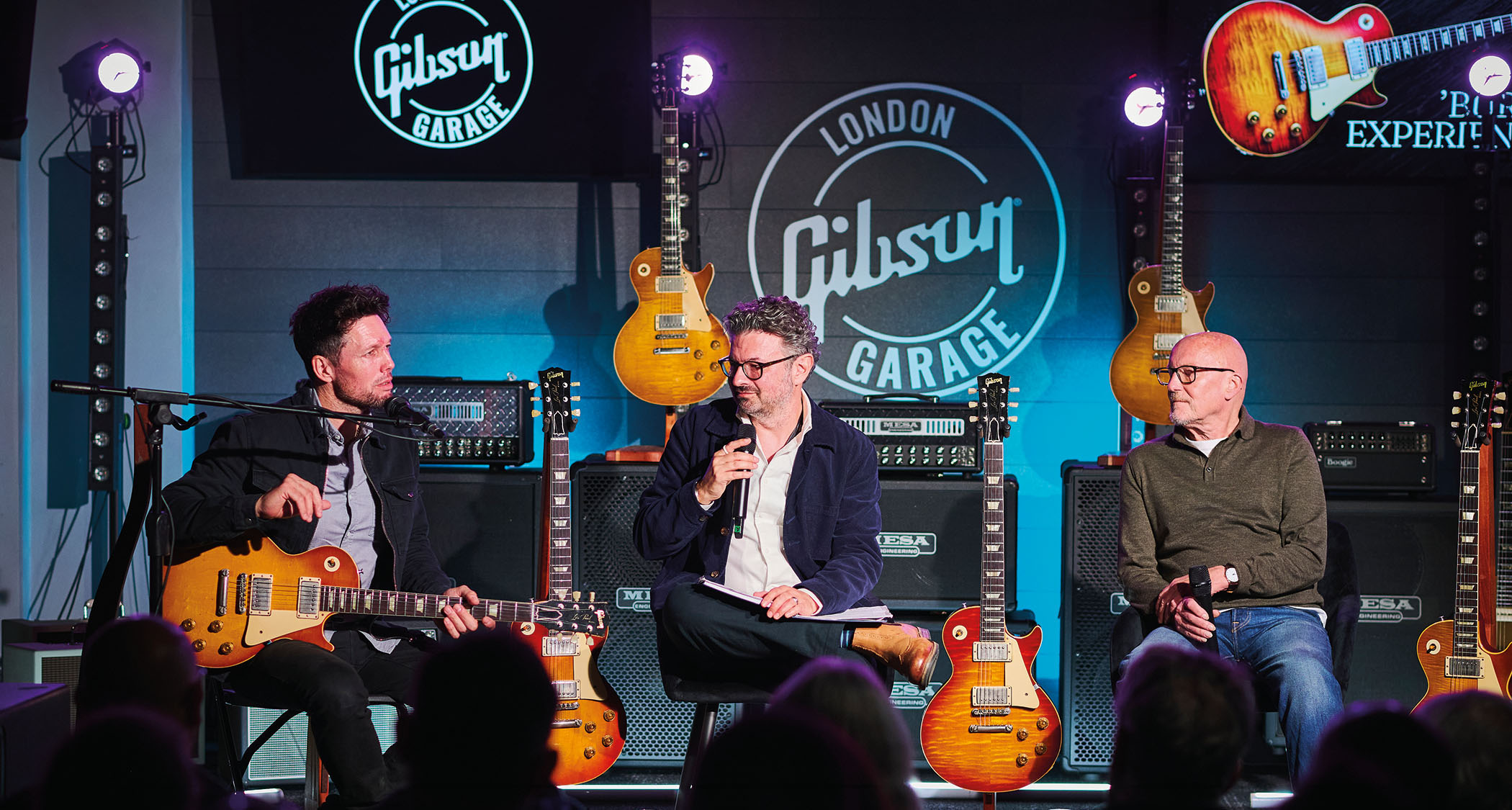“It’s the higher-profile artist associations that tend to attract the big money – things like your Pearly Gates and your Jimmy Pages”: Why Gibson’s replicas of famous Les Pauls are commanding almost as much as vintage guitars
Gibson’s highest-tier replicas are seriously sought after on the collector's market. We find out what all the fuss is about and examine a rare recreation of Jimmy Page’s fiendishly complex #2 Les Paul Standard
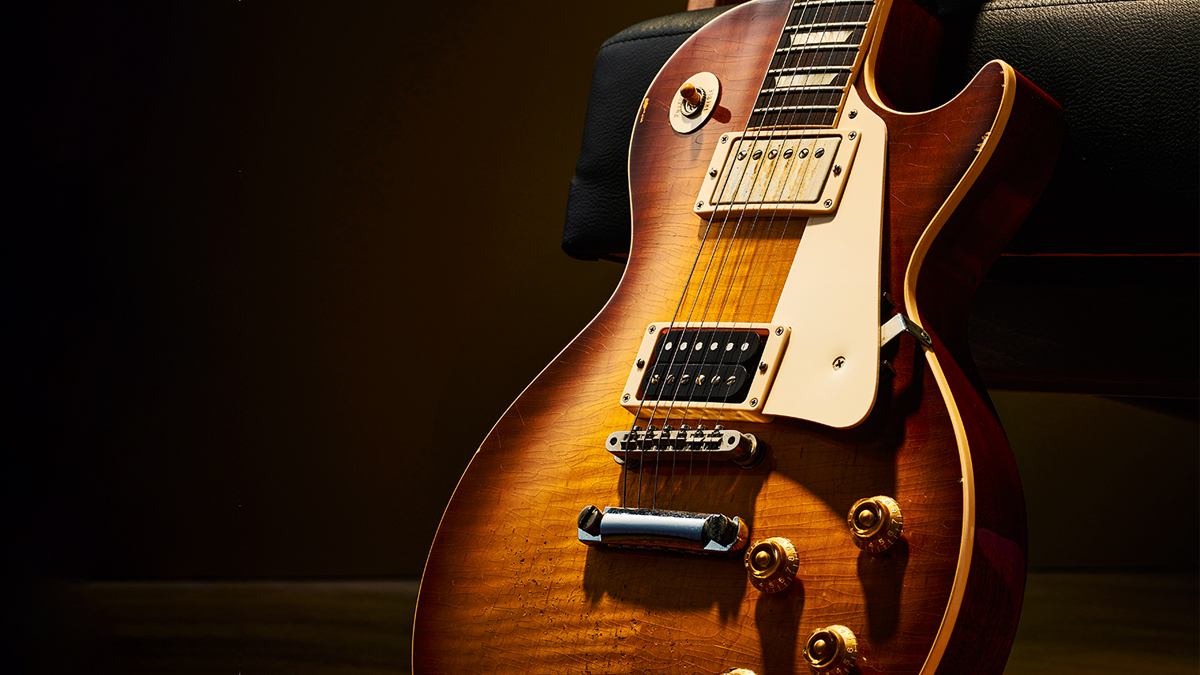
One of the most striking developments in the guitar market has been the emergence of high-end Gibson Les Pauls that command the kind of prices that, just a few years ago, original ’60s or even ’50s examples used to cost.
Built as part of limited-run ranges such as the Collector’s Choice series, such guitars are not simply aged to resemble generic ’Bursts of the golden era but are crafted to closely resemble specific celebrated guitars – from the instruments Jimmy Page used with Led Zeppelin to ’Bursts that have no artist associations but have become known among collectors as particularly fine examples of Gibson’s late-’50s and early ’60s handiwork.
Not simply reissues, Gibson’s Custom Shop Artist and Collector’s Choice guitars (the latter is now discontinued) are therefore better understood as factory replicas – timepieces that are also right at the top of the tree in terms of build quality.
Debuting at roughly the same time as Fender’s Relic Custom Shop guitars, Gibson’s aged replicas of famous Les Pauls first appeared in the 1990s and one could argue that early examples are now hovering at the edge of ‘vintage’ status themselves, being around 30 years old. All the same, you’d be forgiven a sharp intake of breath when looking at the prices the most sought-after examples of such guitars now command, which can be upwards of $/£20,000.
To be fair, most are considerably less expensive but still command prices well north of conventional R9s and the like. We were mulling these matters when Vintage ‘n’ Rare Guitars in Guitarist’s home city of Bath, UK told us they had quite a few nice examples in stock, if we wanted to take a look.
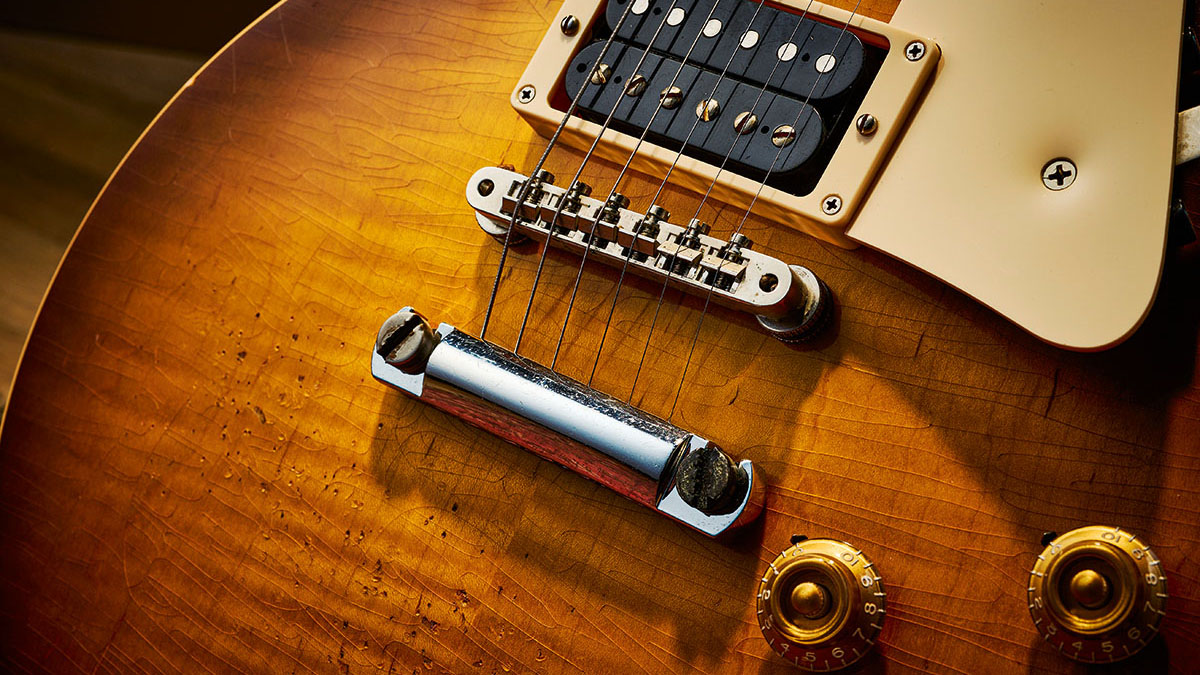
We did, and while we were there seeing what all the fuss was about, we took the opportunity to quiz the store’s manager, Steve Hove, about why top-tier artist-affiliated and replica Les Pauls seem to be growing into a market in themselves – cheaper than vintage but among the priciest (and most desirable) modern-built Les Pauls you can get.
Other than Les Paul himself, our first signature model on the Les Paul platform was the Jimmy Page Les Paul Standard in 1995
Mat Koehler
“Yeah, they certainly have risen,” Steve Hove says. “But they were expensive to begin with and they were made in limited numbers. And, obviously, some of them are Murphy Aged and some of them are signed by the artist as well, and so on. So there are different tiers even among the Artist models. I think when they were announced, the dealers would sell out pretty quick; all the orders were fulfilled pretty swiftly.
All the latest guitar news, interviews, lessons, reviews, deals and more, direct to your inbox!
“And then you’ve got a situation where people who missed out… there’s a natural kind of demand increase and a lack of supply. So, over the years, we’ve seen prices rise, particularly for models like the Jimmy Page, and some of the more famous ones like Pearly Gates, and some rarer ones as well, like the Mark Knopfler.”
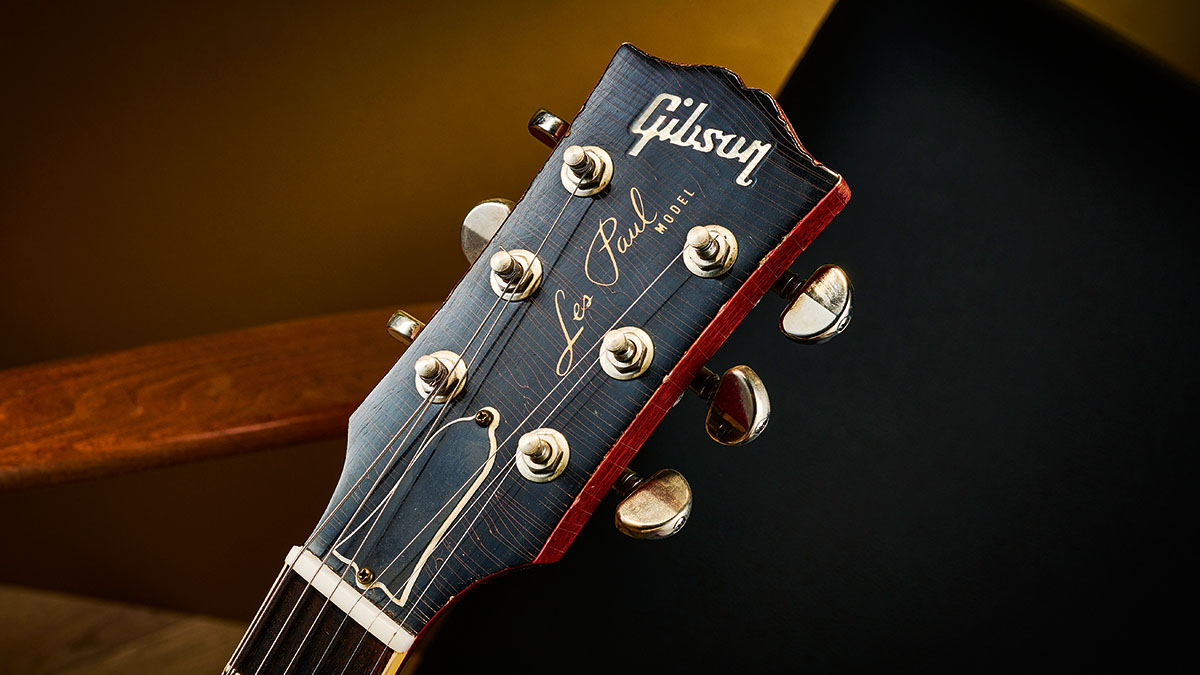
Seeing double
Unsurprisingly, it was the desire to forensically recreate famous guitars used by celebrated players that first kick-started Gibson’s efforts to make Les Paul reissues that didn’t just capture the general look, spec and feel of vintage instruments – but replicated every idiosyncratic detail of specific Les Pauls, as Gibson’s vice president of product and de facto historian, Mat Koehler, explains.
“There was a progression of projects that were inspired by originals and those that sought to replicate them exactly,” Mat explains. “But, generally speaking, the start of all that was the late 1990s. Other than Les Paul himself, our first signature model on the Les Paul platform was the Jimmy Page Les Paul Standard in 1995.
“I hate to use this term, but it was a ‘synergistic’ thing in the 1990s – we developed a robust artist relations team just as the Custom Shop proper was forming and just as Tom Murphy began experimenting with ageing. Put them together and you get the first Artist Model recreations.”
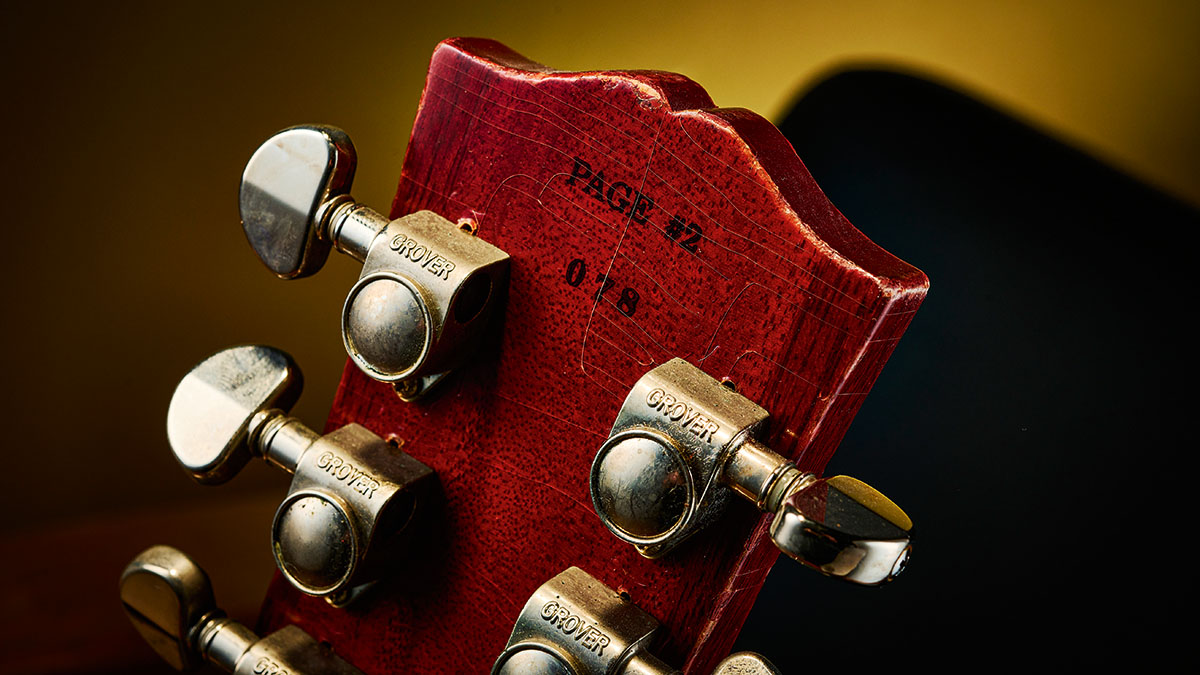
The other factor that’s driven up the desirability of replica-grade Les Pauls is more practical. Original ’50s ’Bursts typically sell for six-figure sums, which puts them in a different universe of unattainability even compared with vintage Fender electrics of the same era. And yet the mystique of the ’Burst has never been more powerful, which means there is huge demand but effectively zero supply.
Vintage stuff has risen a lot in the last three or four years. So there’s really not that much you can find for that kind of price level in terms of 50s Les Pauls – you’d be looking at Juniors, essentially. And even those are going for five figures now
Steve Hove
In that context, the formidably salty prices of aged Les Pauls based on specific original guitars become more explicable; they are as close as most of us are ever going to be able to get to owning not just a vintage Les Paul but a famous one, even though they represent a very serious investment in their own right.
The fact that they are still in demand among buyers partly reflects the fact that there simply aren’t any genuine vintage options for under 10 grand that get you in the same ballpark.
“Vintage stuff has risen a lot in the last three or four years,” says Steve Hove. “So there’s really not that much you can find for that kind of price level in terms of ’50s Les Pauls – you’d be looking at Juniors, essentially. And even those are going for five figures now. Obviously, inflation has driven that a fair amount. But there’s just a real demand for vintage gear.”
Steve adds that the kind of players who buy the highest-tier ’Burst replicas don’t tend to gravitate towards early ’70s Les Paul Customs that might fall within an equivalent price range (or even be somewhat cheaper), despite the fact that the best examples can be incredible instruments. They’re simply too different from the hallowed template of the original ’Burst to scratch that itch, and their ‘vintage’ status can even be a turn-off for some buyers.
“We find that it’s two quite different buyers for each of those things,” Steve Hove reflects. “When you enter into the vintage world, there are a lot more factors to consider. You need to be a bit more careful in terms of buying stuff that’s original and is what it says it is. So a lot of people like the idea of something that is made quite recently and yet with a specific collector’s market in mind.
“If it’s something that you’re looking to tour and gig with, often modern instruments can be a bit more reliable in that respect – they don’t need quite the same level of TLC as vintage instruments. So I think they’re two fairly separate markets, although there are obviously similarities.”
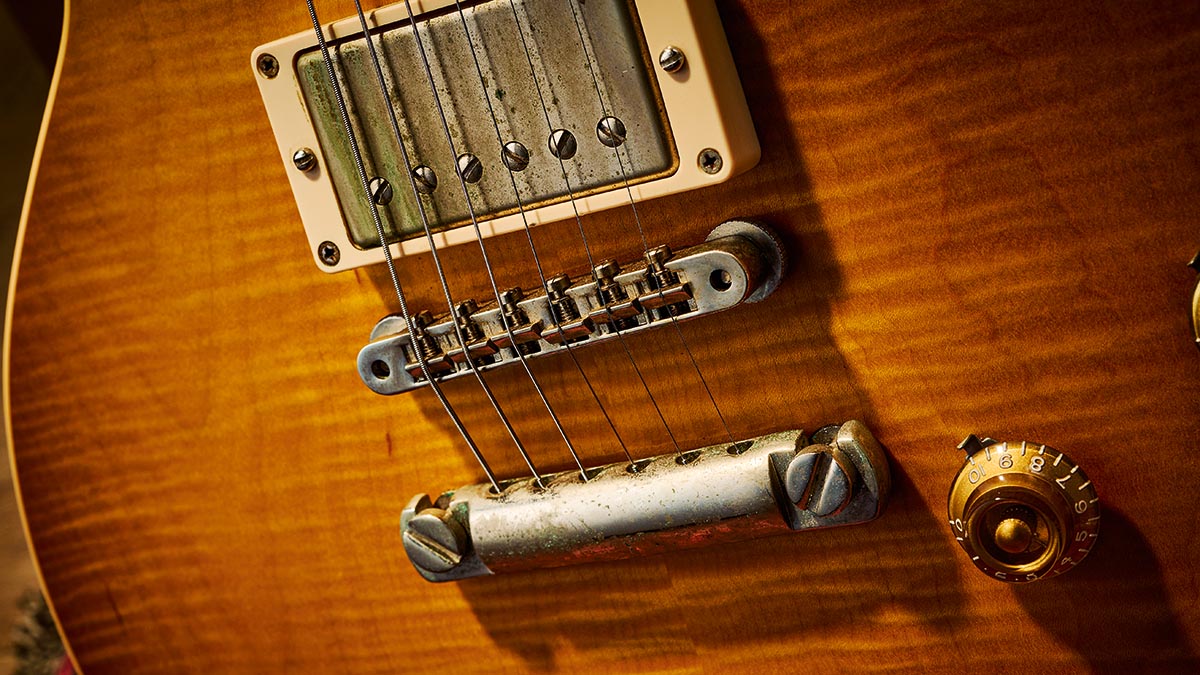
So the market for replica-grade Les Pauls was not wholly created by people being priced out of the mainstream vintage market. Rather like Goldilocks choosing the bowl of porridge that felt ‘just right’, some buyers clearly felt standard Custom Shop recreations of ’Bursts – as good as R8s, R9s and the like typically are – weren’t quite special enough.
Once again, the urge to get closer and closer to the real thing while still keeping at least the tip of one toe in the real world, in terms of price, led to a strata of guitars that today sit comfortably above the prices of standard Custom Shop instruments (and the lower end of vintage market) yet remain hundreds of thousands of pounds cheaper than the guitars they are based on.
Again, supply, demand and cachet have acted to create a gap in the market. And where there is a gap in the market – even quite high up – it’s not long before someone comes up with a plan to fill it. Which is where Gibson’s Collector’s Choice Les Pauls came in, Steve Hove explains.
Collector’s Choice
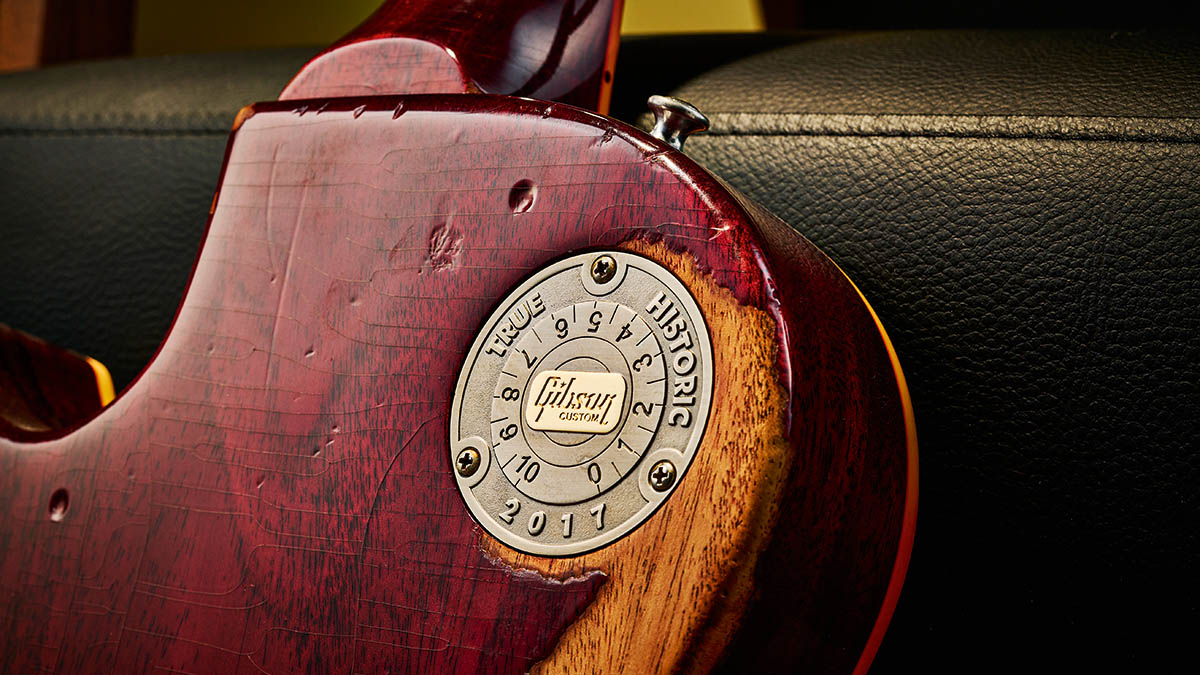
“Gibson has produced quite a lot of VOS reissues and Custom Shop reissues of ’58, ’59 and ’60 ’Bursts over the years, so there can be quite a few to choose from if you’re in the market for one of those, which is kind of reflected in the values. I think there are some good prices to be had.
“So the Collector’s Choice guitars, because they were made in limited runs and were at the top of what Gibson offered, are in a different category. They’re kind of their own market in themselves, really. They’re not just cool guitars, but they’ve typically got an artist association or an association with a [specific] original ’Burst, like [the] ‘Minnesota’, for example, or ‘Henry’s Goldtop’. They’re great things with cool stories behind them.”
There are some very famous ’Bursts that weren’t necessarily associated with artists, which are kind of their own thing like ‘Sandy’, for example. Then you get guitars that are just really nice examples of originals, like the ‘Minnesota’ or ‘Dutchburst’
Steve Hove
Gibson’s Mat Koehler sheds a little more light on the Collector’s Choice range, which debuted in 2015 but is now discontinued.
“It developed based on the friends and artists that Rick Gembar, Edwin Wilson and Tom Murphy were working with at the time and the requests of our dealers and customers,” Mat explains. “It’s value proposition 101: the originals are extremely valuable and extremely coveted; Collector’s Choice was built on the idea of authentic recreations for a fraction of the price of the originals.”
The Collector’s Choice guitars were notable in that, instead of relying on the legend of an artist, they were mainly based on surviving original ’Bursts that had become well known among collectors as particularly fine examples of Gibson’s ’50s output.
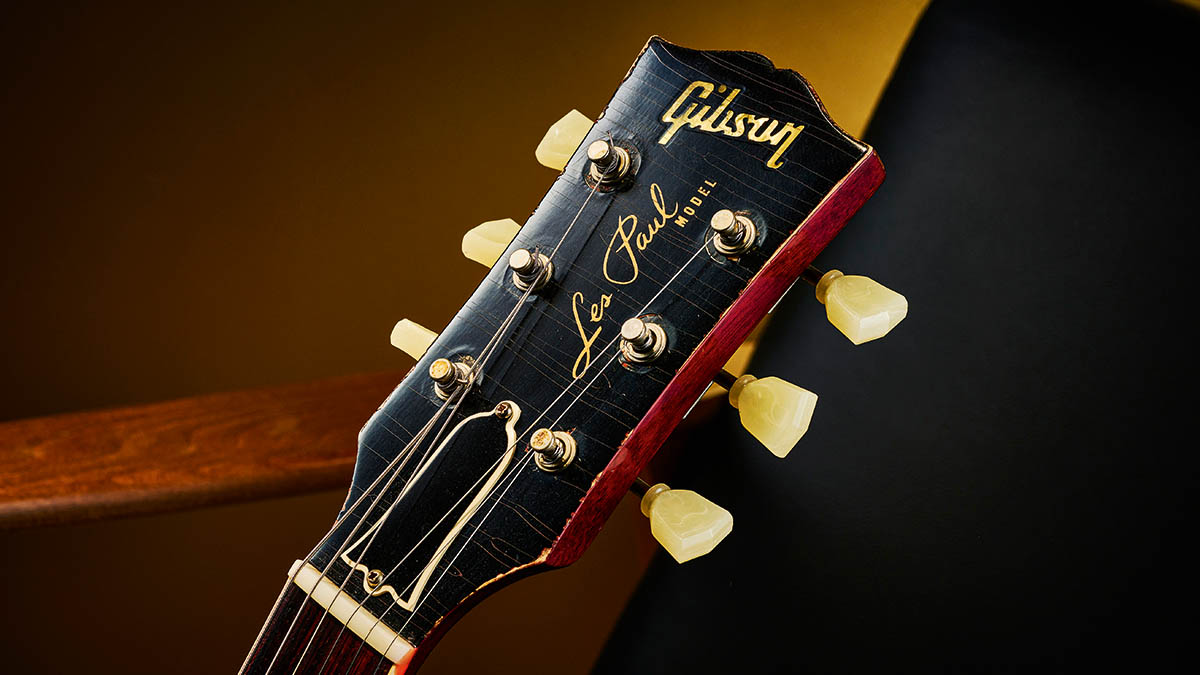
As such, the Collector’s Choice guitars seemed to acknowledge that public interest in ’Bursts, as an era-defining design, has grown over time until certain original guitars acquired a kind of celebrity in their own right, up to and including receiving individual nicknames.
“There are some very famous ’Bursts that weren’t necessarily associated with artists, which are kind of their own thing like ‘Sandy’, for example,” Steve Hove explains. “Then you get guitars that are just really nice examples of originals, like the ‘Minnesota’ or ‘Dutchburst’, which are great guitars that don’t have an artist association as such.”
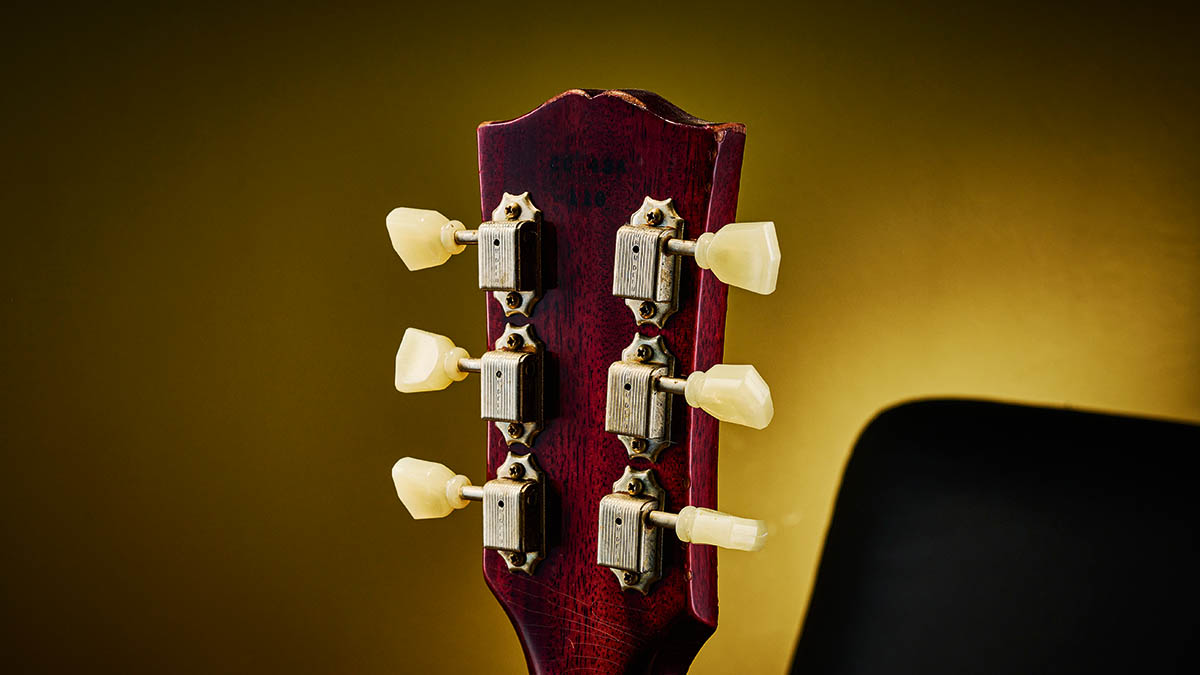
For all that, however, the appeal of playing a guitar exactly like the ones played by one’s heroes is still the biggest draw in the high-end Les Paul market, Steve adds.
“It’s the [replicas] with the higher-profile artist associations that tend to attract the big money, as we mentioned earlier – things like your Pearly Gates and your Jimmy Pages,” Steve Hove agrees, pointing to the example of the stunning Jimmy Page #2 Les Paul Standard that is currently on display at Vintage ‘n’ Rare Guitars.
“It’s a great-looking example. We’ve had a couple of these in recent years, but the colour on the sunburst and the flame top of this particular one is really, really nice. Because they do all vary. Gibson will try to choose the woods that are closest to the original as they can, but there’s inherently gonna be a bit of variety. But this is a really nice one. It’s a nice weight and it looks very cool, too.”
As well as its Zep associations, the Jimmy Page #2 also has a unique number of switching options, offering everything from full-fat Les Paul tones to out-of-phase settings and coil-splits (see captions), operated by push-pull pots and push-buttons beneath the scratchplate.
It’s difficult enough to tease apart quite what everything does, let alone make one, we suggest to Gibson’s Mat Koehler, who said this of the fiendishly complex electronics:
“That guitar was before my time, but I am familiar with it and the story – and, yes, it was based on the exact modifications that Jimmy did to his #2 LP later in his career… down to the exact types of switches and pots and wiring,” Mat says.
“Did Jimmy actually use all that stuff? My understanding is after doing all the mods to his original, he still used only its basic functions. Regardless, it was not easy to recreate all that – there were so many unique parts. It definitely has to be one of the most complex recreations in Gibson history.”
Shades of history
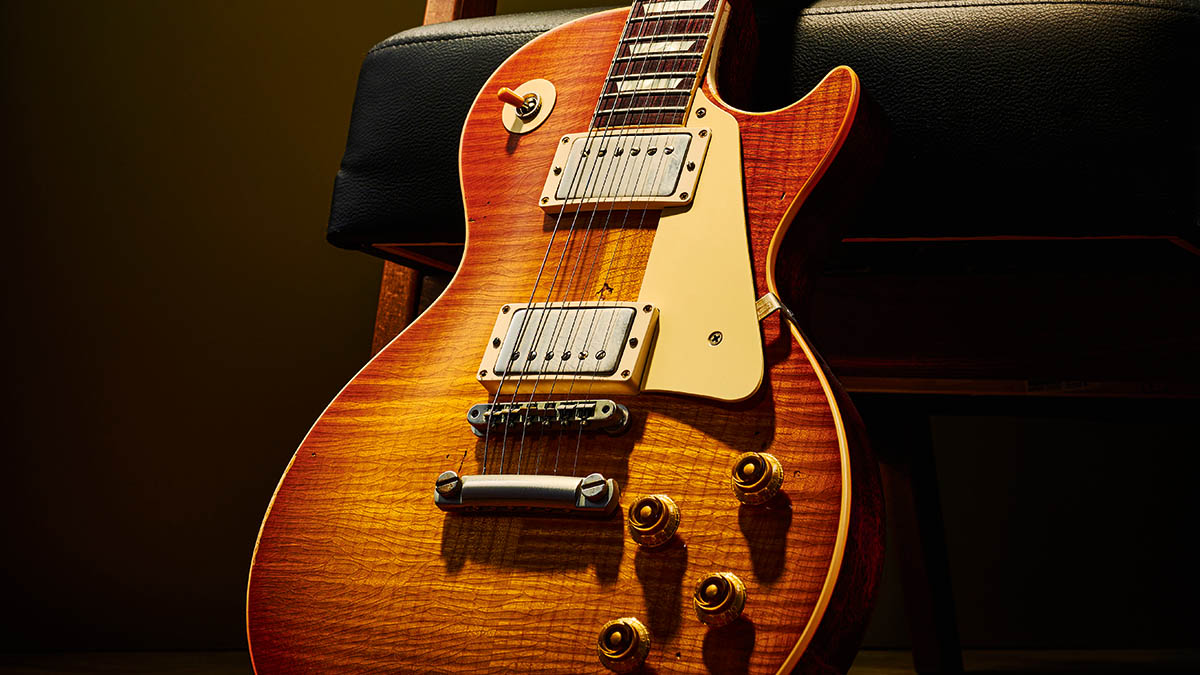
Yet while complex wiring looms may present their own challenges, at least they are designed around replicable component values and circuits. What’s sometimes harder, Mat says, is matching the visual appearance of famous guitars to a high degree of accuracy.
“The first big challenge [in making replica guitars] that comes to mind is colour!” Mat tells us. “Trying to match the subtle nuances of a ’burst that has faded is a long and difficult process and you absolutely need to compare resulting physical samples to the physical guitar because, as you know, red – and shades thereof – always shows up differently in photos.
“Outside of that, achieving consistency throughout a given run of instruments is always a challenge, too; they all need to be clones, but we also have to have a realistic tolerance for difference.”
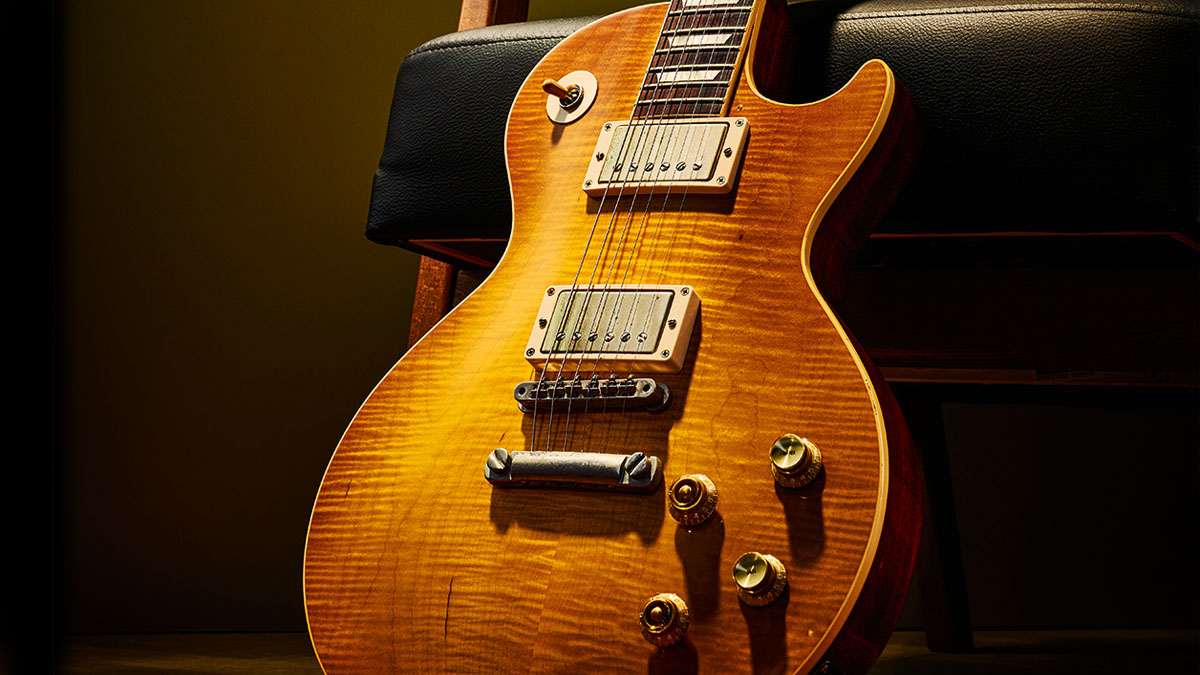
Perhaps the biggest difficulty is in matching the appearance of heavily figured tops, as seen on some of Paul Kossoff’s former Les Pauls, among others.
“That is another rabbit-hole topic,” Mat admits. “But I have to give huge props to my late friend Edwin Wilson who was so adamant about matching tops for any applicable run of instruments that he would personally select them all over a period of days and weeks, sorting through thousands of billets.
“We do that today, but we have more help! Of course, there is no such thing as matching a unique organic pattern exactly, but to use a fingerprint metaphor, you begin to see similarities in the swirls and lines and scale of the patterns.”
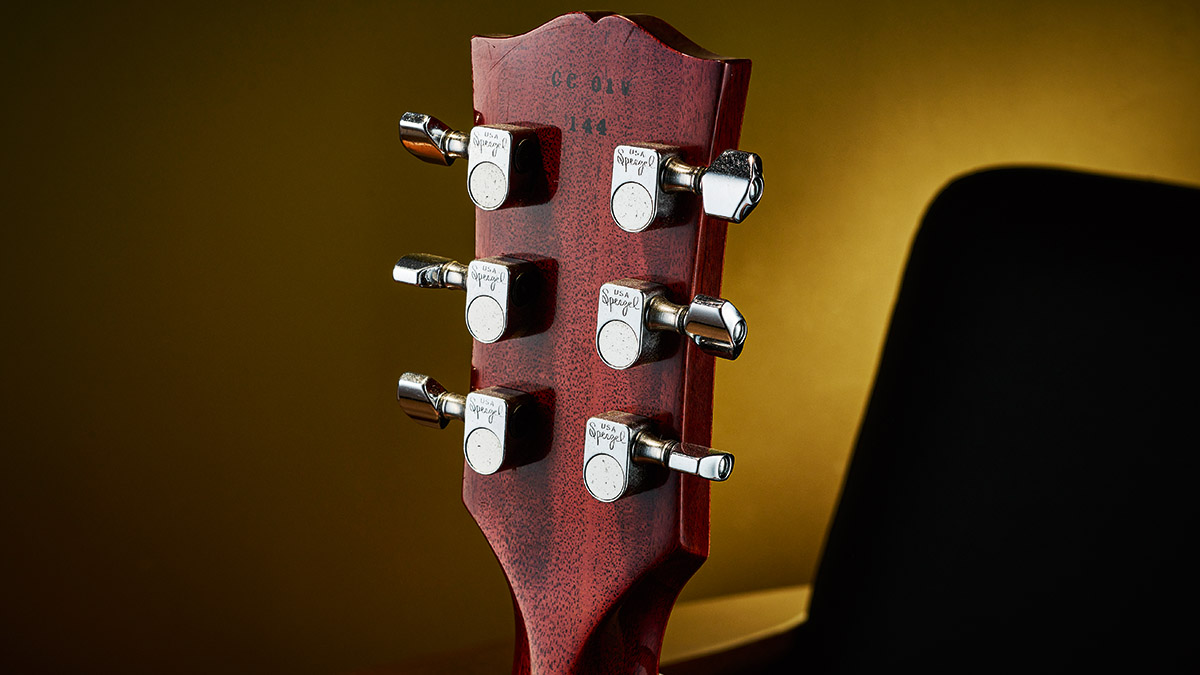
Perhaps the final way in which high-end replicas mirror the vintage originals, however, is that, due to their collectibility, it’s wise to keep their pickups and hardware factory original, just as you might with a genuine ’50s ’Burst, says Steve Hove.
“They were built to a certain spec and Gibson spent a lot of time recreating specific sounds and specific looks. So I think it’s very important they stay as original as they can. But it depends on the purpose, you know? Everyone is different. If someone’s buying one to play and gig, they might prefer the sound of other pickups or slightly different hardware because it’s more suitable to them – and obviously that’s totally up to them.
“But in terms of collectibility, it’s always best for them to remain as original as possible and in as good [and complete] a condition as possible. The more ephemera and documentation you’ve got with these things, the better it is,” he concludes.
- With thanks to Vintage ‘n’ Rare Guitars in Bath for showing us these incredible guitars.
Jamie Dickson is Editor-in-Chief of Guitarist magazine, Britain's best-selling and longest-running monthly for guitar players. He started his career at the Daily Telegraph in London, where his first assignment was interviewing blue-eyed soul legend Robert Palmer, going on to become a full-time author on music, writing for benchmark references such as 1001 Albums You Must Hear Before You Die and Dorling Kindersley's How To Play Guitar Step By Step. He joined Guitarist in 2011 and since then it has been his privilege to interview everyone from B.B. King to St. Vincent for Guitarist's readers, while sharing insights into scores of historic guitars, from Rory Gallagher's '61 Strat to the first Martin D-28 ever made.



